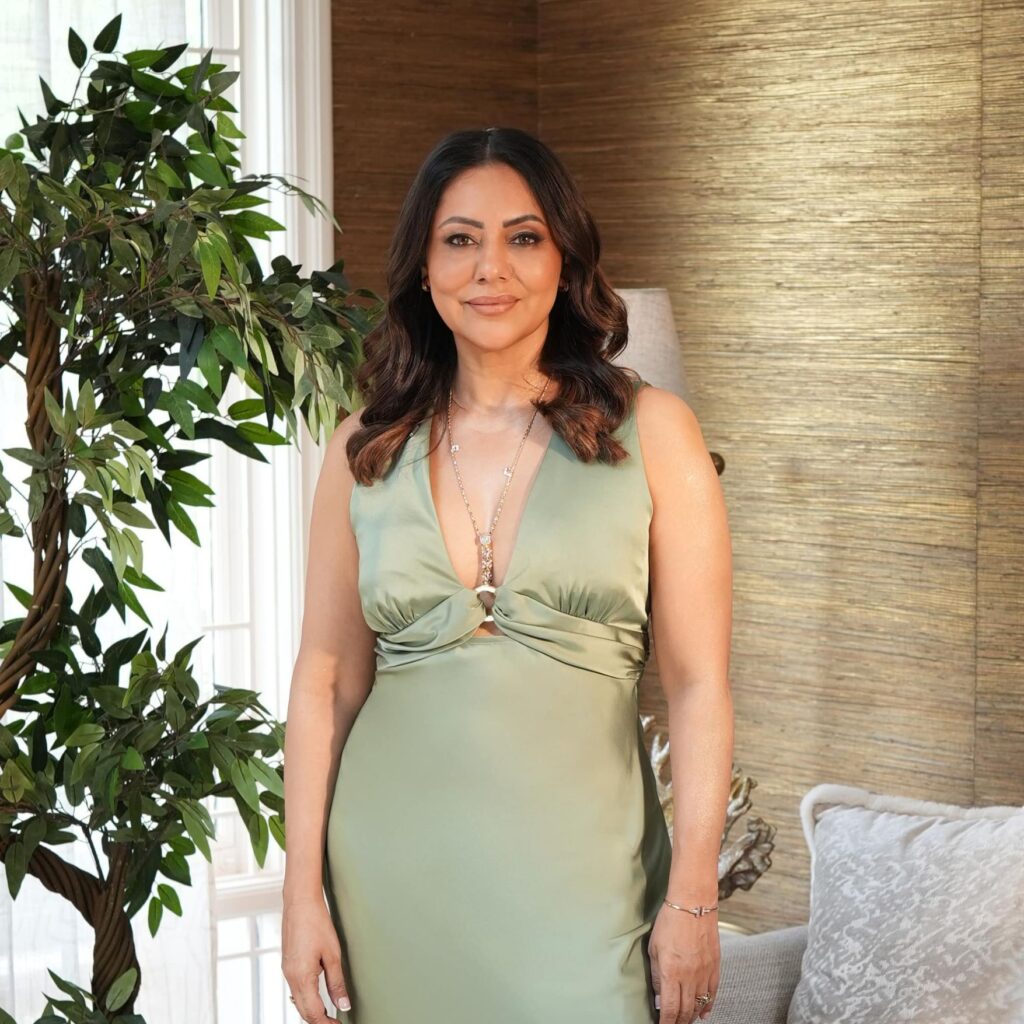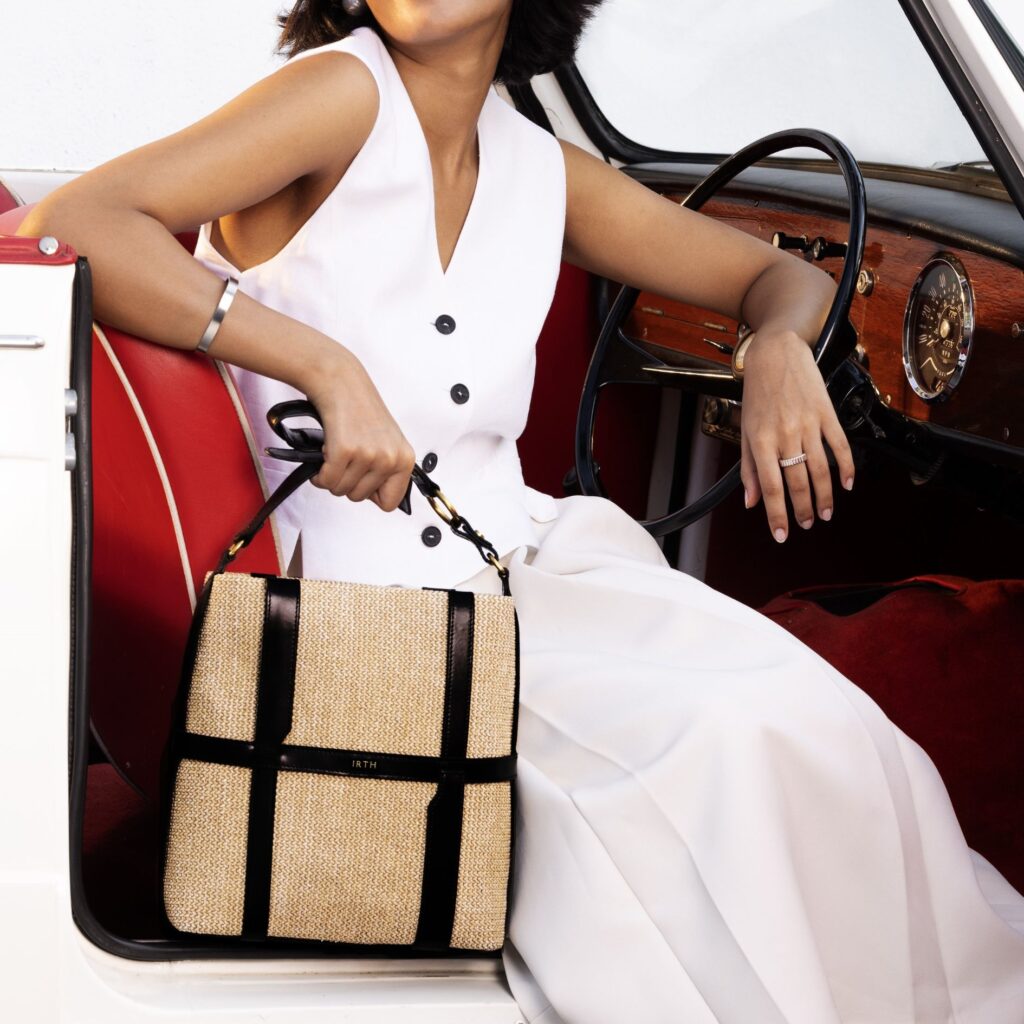- Culture & Travel
Can Art Make Us Better People?
- ByNandini Bhalla
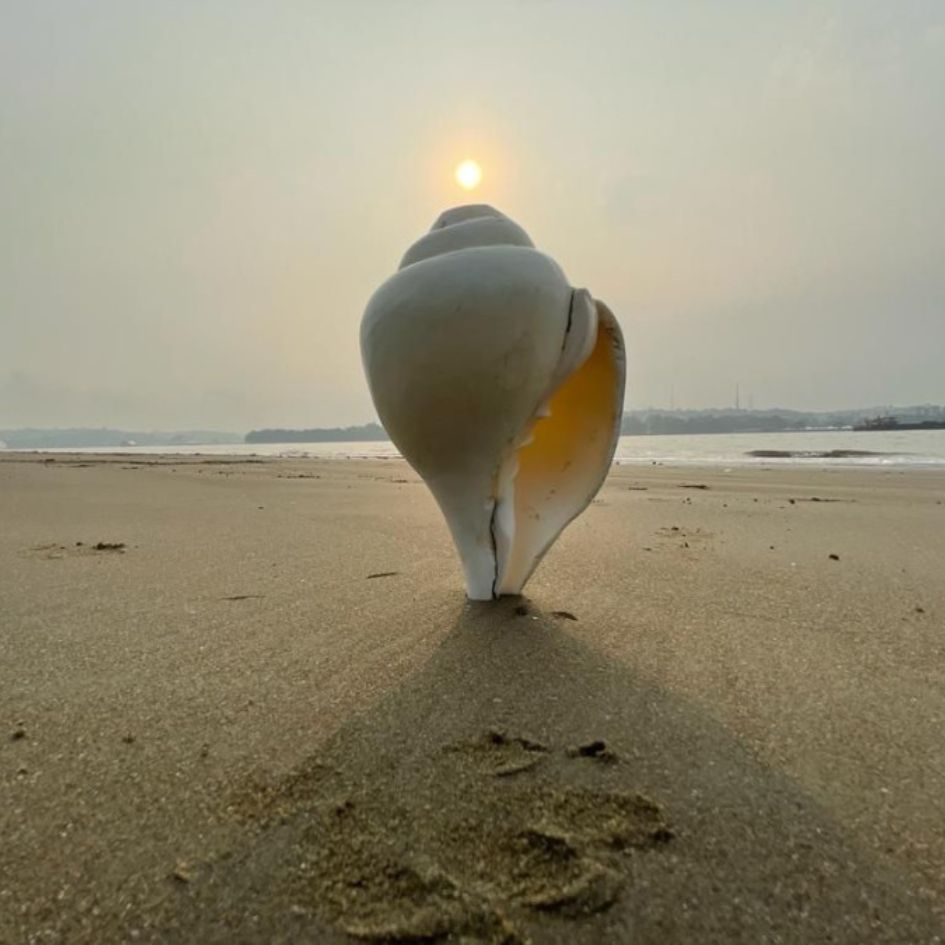
‘Acoustics With The Conch Shell’ by Divesh Gadekar, whose public art project ConcHear (as part of The Island That Never Gets Flooded 2023) showcases the history and versatility of the conch.
The recently-held Serendipity Arts Festival 2023, in its sixth edition, has proven once again that art in its most democratic form will always find an audience. And with it, there will always be a message that can, perhaps, alter the course of history. For the works and performances on display have addressed important issues of gender, ecology, conflict, and the dying artforms that need to be urgently preserved.
In an exclusive with The Word., the Founder and Patron of Serendipity Arts Festival, Sunil Kant Munjal discusses the power of art to create a kinder world, the importance of freeing it from the confines of the museum, and why, this year,, the focus of the SAF has been on presenting artworks about humanity.
But what goes into the making of this special dress? To begin with, one needs to console one’s aching heart and pull out the best look from the closet. For inspiration, here is a run-up of some of the most satisfying revenge dresses worn by some of the most stylish (and bravest) women in showbiz.
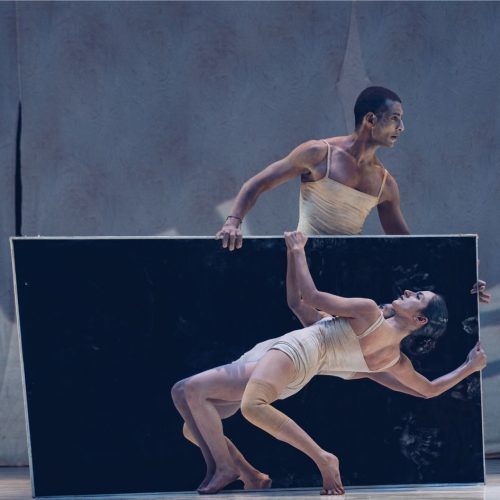
Nandini Bhalla: Do you think art can change the world?
Sunil Kant Munjal: “Without a doubt. In fact, at the BML Munjal University, we are very deeply involved in art and liberal education; we call it STEAM teaching, not STEM teaching—involving science, technology, engineering, and mathematics, and the arts. We have set up a STEAM House in Ludhiana too, in partnership with Birmingham City University. And at our university in Delhi, even engineering is taught in the liberal arts style. To be truly successful, to be able to lead people and be an example for others, you have to be able to straddle different verticals at the same time. And the arts teach lateral thinking, as they encourage you to think differently from the convention.
Unfortunately, the arts became the exclusive domain of a few. It became exclusive rather than inclusive. But if you look back at India’s history, we have always been inclusive. We even included those who invaded the country…their design, cuisine, textiles, and architecture are now a part of ours. So, for me, it seems counterintuitive to exclude people from the arts. And that is one of the attempts we have made—to welcome everyone. All a visitor needs to do is register to walk in. There’s no fee, except, for the first time, for some of the performances because we had more guests than seats.”
NB: What is one of your earliest memories of art?
SKM: “I was truly blessed to have grown up in a home where very, very senior artists came over and performed. My parents and chacha and chachi [paternal uncle and aunt] lived together, and they invited sitarist Pandit Ravi Shankar and tabla maestro Ustad Alla Rakha to perform in our home. I was also very lucky that I attended a school with fantastic art and music offerings. You could do sculpture, metalwork, or woodwork, and this early exposure cultivated my interest even though I’m not an artist. I have a natural curiosity for the arts, which made me even more inquisitive about it. I enjoy meeting people, and I met many fabulous and fascinating artists and performers. As you become more inquisitive, you want to see more, you want to engage more. The richness, beauty, and depth of the culture we live in draws me in. I always tell folks around me, if you only keep your eyes open, you’ll only see a part of it. But if you keep eyes, ears, and mind open, you will see a lot more of it.”
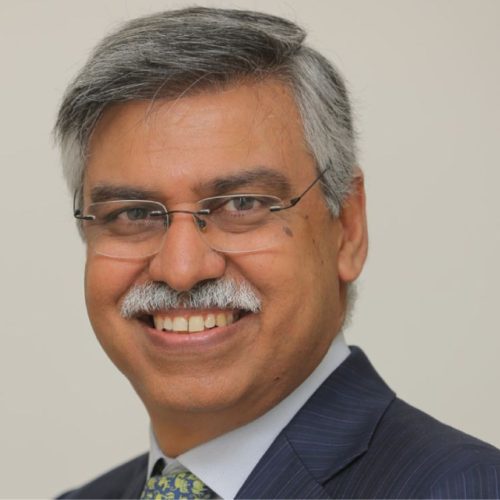
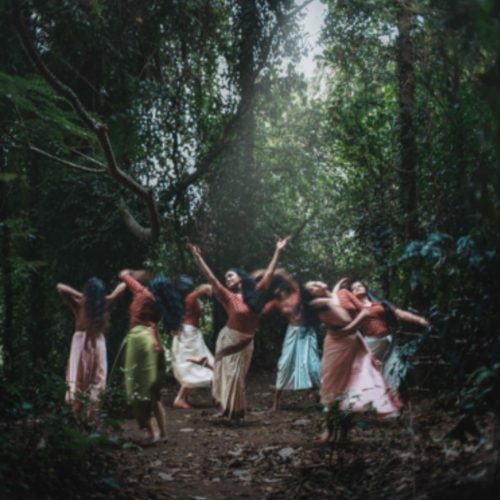
dance forms that are on the verge of extinction.
NB: The Serendipity Arts Festival has evolved since its inception in 2016, with this year including a lot of audiovisual and multimedia art. Tell us about that…
SKM: “Every year, we question ourselves as to what more can we include to the festival to make it more engaging, interesting, and meaningful. We began with 52 projects, and this year, there are almost 200 projects. So each year, we’ve expanded the scale and scope, but we’ve ensured that the quality remains intact and the engagement improves.
For us, the criteria for selecting works include both current and timeless topics. Sustainability has been an important theme right through, as have issues of humanity. At this moment, wars, migration, and the refugee crisis have become a major concern, so you’ll see more art about that. Video art is also getting more attention because it resonates a lot more with the younger generation. We’re trying to be inclusive for everyone, and we want to make sure that we appeal to every age and kind of audience. As a result, there is a lot of multimedia and tactile art, and works that will appeal to all your senses. This is a very experiential festival, and we conduct workshops on everything from tea to vinegar and chocolate. There was one we conducted with traditional Goan food from seven different regions and ethnicities of Goa, where at least half of these families had never served outside their home…they were now serving food to thousands of people, daily.
At the end of the day, we are all about people. We are very focused on individuals, families, and communities, because that is the important message. We may build fancy buildings, or use amazing technologies and different mediums, but it has to speak to the people. We also host conclaves with some of the country’s leading academics and intellectuals participating in the conferences. And, of course, there’s a strong focus on crafts, such as at the Samba Square and the Azad Maidan.”
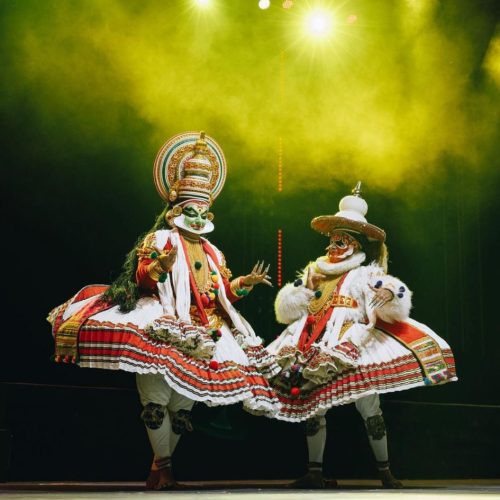
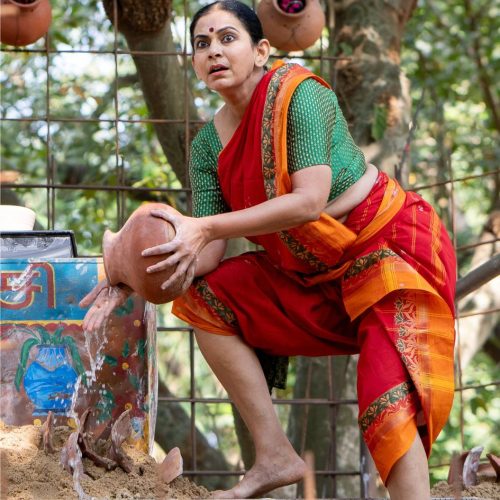
NB: What is the vision for the Serendipity Arts Festival?
SKM: “The larger goal is to making the arts available and accessible to a large section of society, to allow people to engage with it and make their own choices. We want people to take back whatever it is that they they can from this; each person’s interpretation is unique, and we encourage that.
The larger attempt is to try and expose people to as much so that they make better, informed decisions. And we want to expand the scope and reach of the festival. We have requests, now, from many states in India and other countries to bring the festival there. And we’ve decided that some parts of it will travel, via smaller programmes. While we have showcased in Dubai and London, we always want to do it in an organised manner, never something we can’t manage well. For us, quality, safety, and consistency of the message are critical.
In the long term, I’m hoping that this festival will expand its footprint and reach beyond Indian shores. Because, eventually, this is about people. It’s also about humanity. At the moment, the world is pulling apart, and the big push we had towards globalisation seems to be reversing. We’re seeing wars, skirmishes, the climate crisis…just so many challenges that we need something that heals, that builds bridges, and brings the people and communities and nations together. So we have to, in our small way, provide a solution to some of these big challenges. In fact, a lot of messaging that we have is about sustainability and good living practices.”
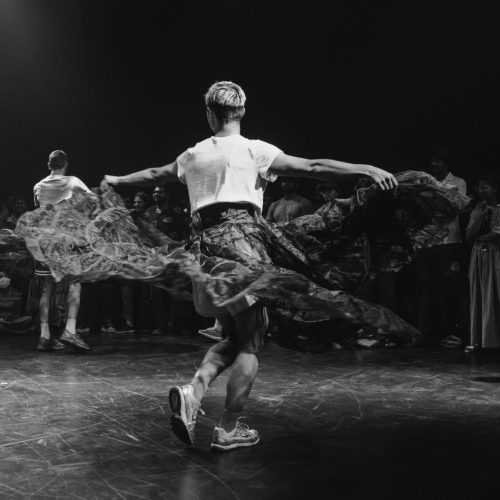
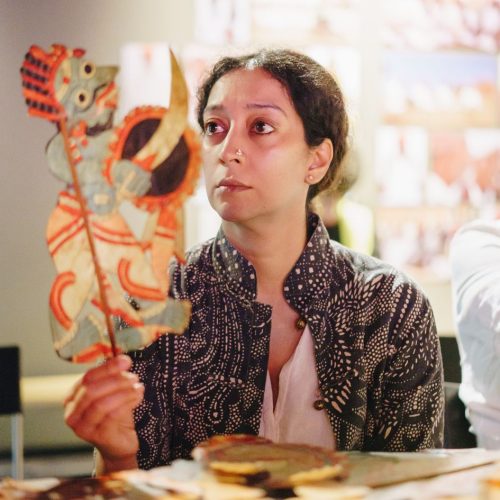
NB: And how do you convey this to the viewers?
SKM: “We don’t shout about all of this. Some is said and a lot is unsaid. We want people to interpret for themselves because that’s a much better message, which stays a lot longer. Their personal interpretation of the artworks belongs to them, and that is all the more precious. This is everyone’s festival, which is why we’ve not even used our company logo or brand. We are trying to keep this a neutral platform where everyone is welcome.”
NB: Do you feel that when more people take in messages about kindness and equality, in some little way, you’re playing a role in making the world a bit kinder?
SKM: “Of course, in some ways, that’s probably the most important thing that we can do. Because a kinder world, kinder nation, kinder community, kinder family also make for a happier, friendlier, and more sustainable world. It leads to people being more thoughtful about what they do, and thoughtful decision making is eventually the answer to any problem.”
NB: Is there any one art form that you’re most partial towards?
SKM: “I’m not interested in sharing any of my personal interests… My own engagement with art was first with the visual arts and then with performing arts. Today, I’m very involved in all art forms, much like this festival. In fact, like the Serendipity Arts Foundation, we had set up something called the Ludhiana Sanskritik Samagam about 25 years ago—a foundation for the performing arts that is one of the more active foundations in the country. I just enjoy all this; I think it makes life more meaningful, more interesting, and certainly more fun.”
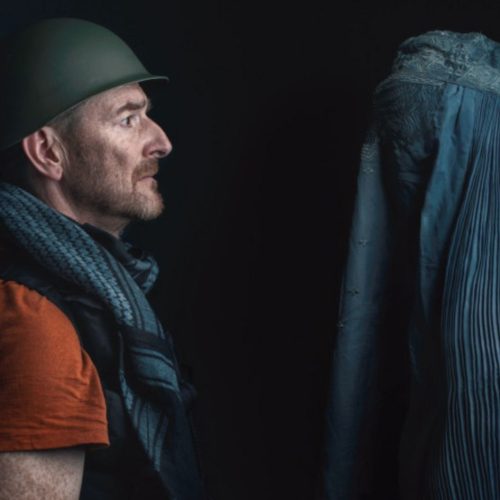
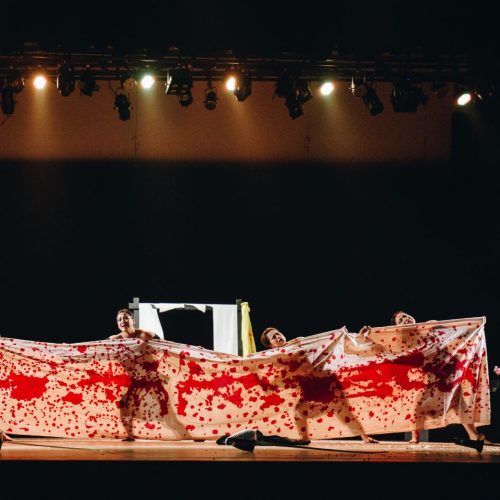
NB: Do you think art belongs to the museums or public spaces?
SNM: “At the SAF, we host conclaves and conferences where we raise some very interesting questions. And this year, at one of them this very question came up—the role of museums. Some of the finest academics, intellectuals, and museologists from around the globe participated in that conversation, and they all agreed that the museum is problematic. The museum, with its inanimate objects, only draws you in to spend a bit of time and go away…it does not serve the purpose for which it was originally created. And if you ask most young people today, they will go to a museum if it is a school trip or a punishment, because they are told to.
That is why we made SAF very engaging. A lot of the artworks encourage people to touch and feel the works, which is completely counterintuitive from any other place. Interaction with art is also there to encourage people who are either completely blind or have partial visibility to understand what an artwork looks/feels like. We are looking at any and every means to engage audiences, which is why we feature art that appeals to each of the senses. We want to do this on a larger scale and a more ongoing basis in the future.”
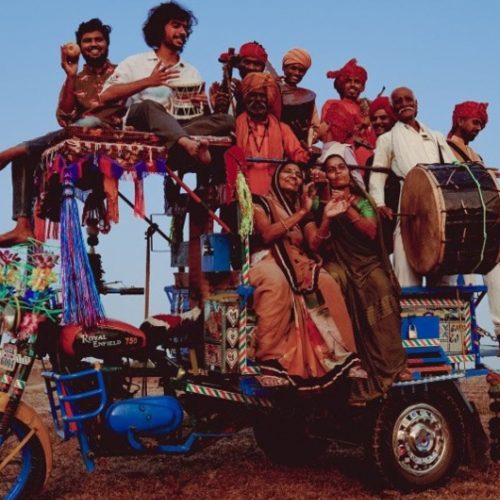
from Madhya Pradesh
NB: In order to introduce young viewers to art, do you think contemporary/modern art needs to be complemented with a bit of traditional art?
SKM: “Yes, and some traditional art is always around, every year. Our focus is on all perspectives… We look at our past to learn from it, at the contemporary, and also the future with innovations in technology, research, and conversation. We also do a lot of research, archiving, and publications. What you’re seeing is only part exposure of what the Foundation is doing. Our belief is that it has to be a complete universe; it cannot be a narrow slice of art. We are trying to be as comprehensive as possible, to allow people to take a dip into more, as and when they want. We’re not forcing any opinion; we’re offering the whole menu for people to come in and look.
And so, the masters are critical and important. We have to learn from them because they are the ones who have influenced public opinion through history. There is enough evidence to show that two things happened with masters—one, their work got impacted by events in history, and two, they influenced society itself. As a result, it would be a mistake to ignore them.”
READ MORE
- Gauri Khan, On Her New Experience Centre In Delhi, Her Favourite Spot At Home, and Great Décor Advice
- With IRTH’s New Store in Noida, The Brands Adds To Its Joyful Delights
- Ranbir Kapoor’s New Perfume, ARKS Day, Reminds Him of His Childhood
- Your Interiors Will Love The Colour and Design Predictions By Asian Paints’ ColourNext Forecast for 2025
- “India is an Incredible Source of Inspiration for Me, and I Want to Connect With the Hearts of Indian Women”

